Anti-Termite Reticulation System
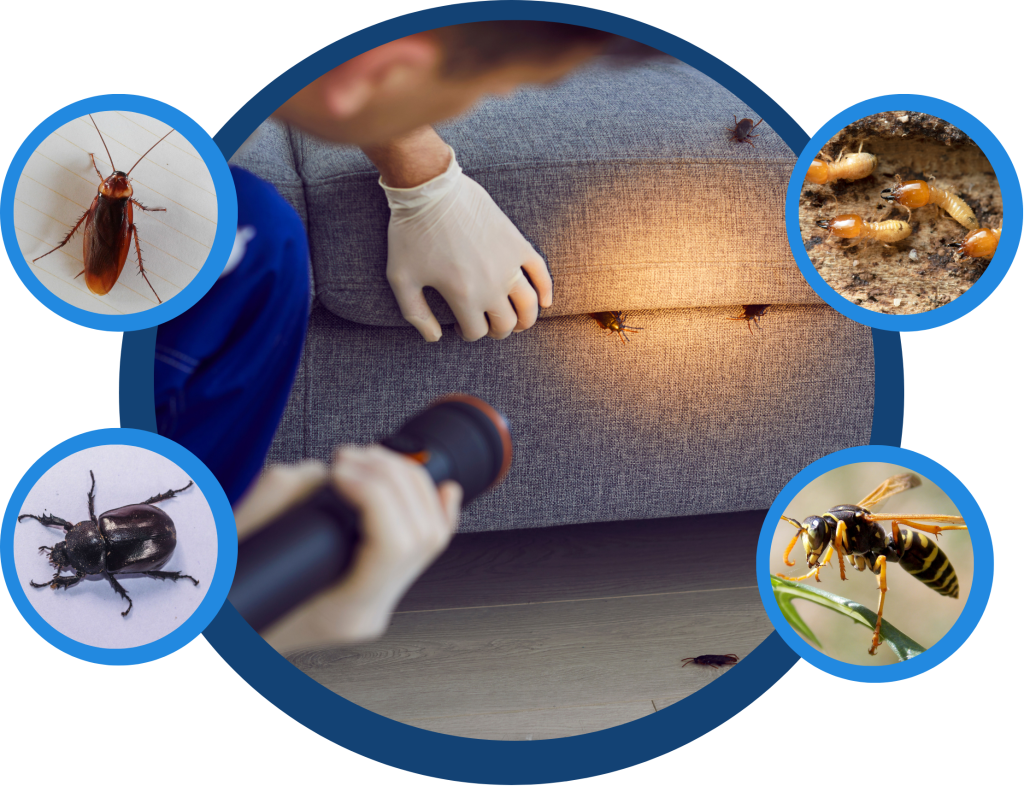
Integrated Network:
The system typically involves a network of perforated pipes or channels installed during construction. These are positioned around the perimeter and vulnerable areas of the building.
Chemical Barrier:
Through the network, termiticides (chemical agents) are either initially applied or periodically re-applied. This creates a continuous protective barrier that deters termites from gaining access to the building.
Long-Term Protection:
The reticulation system is designed for durability and ease of maintenance. It allows for regular monitoring and re-treatment, ensuring that protection is sustained over the building’s lifespan.
Complementary Measures:
Often, such a system works in tandem with physical barriers and routine inspections, forming a comprehensive termite management strategy.
Eco-Friendly Treatment
We use safe, non-toxic solutions that are family & pets.
24x7 Service Availability
Get pest control help anytime, even for urgent needs.
Targeted Pest Solutions
ustom treatment for termites, bed bugs, cockroaches & more.
Hygiene & Safety First
Includes disinfection, cleaning, and anti-termite systems.
Installation of Anti-Termite Pipping System
1. Site Assessment & Design
Survey the Property:
A thorough inspection helps identify vulnerable areas, potential termite entry points, and soil characteristics.
Design the System Layout:
Determine the piping network’s layout around the foundation, focusing on critical areas such as the perimeter & any subterranean access points.

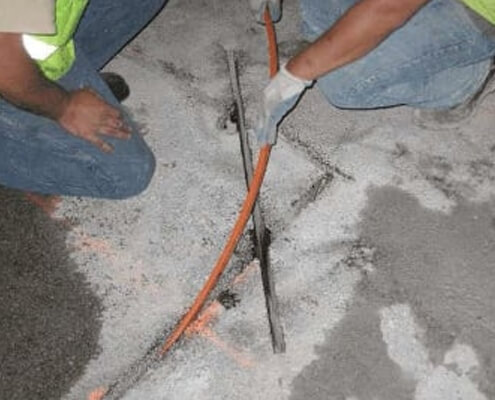
2. Preparation & Trenching
Plan the Trench Lines:
Mark the areas where pipes will be laid, following the design plan.
Excavation:
Dig trenches along the designated paths. The depth and width of trenches depend on local building codes and the type of termiticide used.
3. Pipe Installation
Lay the Piping:
Position the anti-termite pipes within the trenches. Ensure proper spacing and alignment to provide uniform coverage.
Secure the Pipes:
Connect pipes to injection ports or junction boxes as per the design. Verify that all connections are secure and leak-proof.
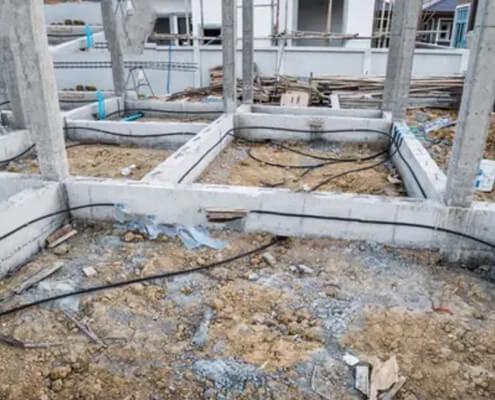
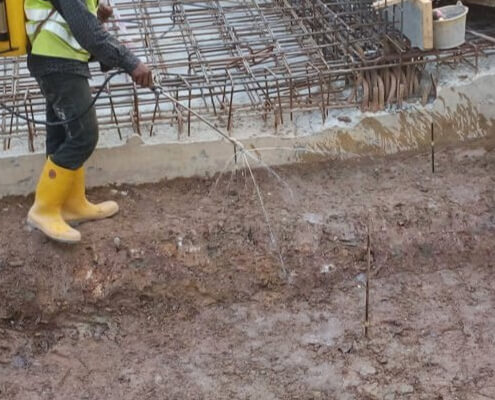
4. Termiticide Injection
Apply the Chemical:
Inject the termiticide into the piping system. The chemical will permeate the surrounding soil, creating a barrier against termite intrusion.
Monitor Distribution:
Ensure even distribution across all segments. Some systems allow for periodic re-application, so leave access points clear.
5. Backfilling & Finishing
Backfill the Trenches:
Carefully replace the excavated soil, making sure not to disturb the installed pipes. Compact the soil to avoid settling issues.
Final Inspection:
Conduct a final check to confirm that the system is installed correctly, with all connections secure and no signs of leakage.
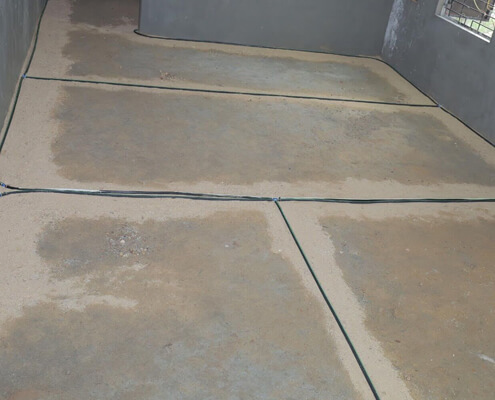
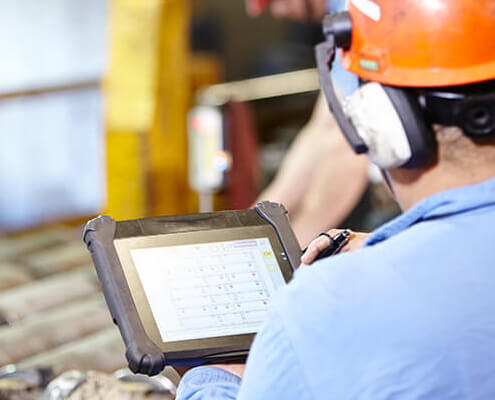
6. Ongoing Maintenance
Regular Inspections:
Schedule routine inspections to monitor the system’s integrity and effectiveness.
Reapplication (if needed):
Depending on the product used, some systems may require periodic re treatment to maintain efficacy.
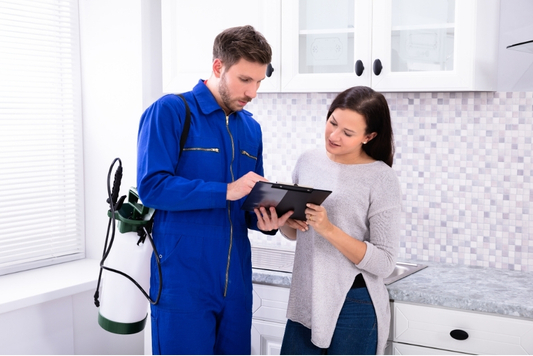
Coimbatore Service Areas
Coimbatore, Mettupalayam, Karamadai, udalur, Madukkarai, Karumathampatti, Pollachi, Valparai, Annur, Anamalai, Irugur, Kottur, Sirumugai, Sulur, Periyanaickenpalayam, Vellalore, Vettaikaranpudur, ZaminUthukuli, Othakalmandapam, Odaiyakulam, Kannampalayam, Kinathukadavu, Samathur, Sarcarsamakulam, Suleeswaranpatti, Dhaliyur, Narasimhanaickenpalayam, Pallapalayam, Pooluvapatti, PeriyaNegamam, Perur, Vedapatti, Veerapandi, Alandurai, Idikarai, Ettimadai, Chettipalayam, Thirumalayampalayam, Thenkarai, Thondamuthur, Mopperipalayam.


